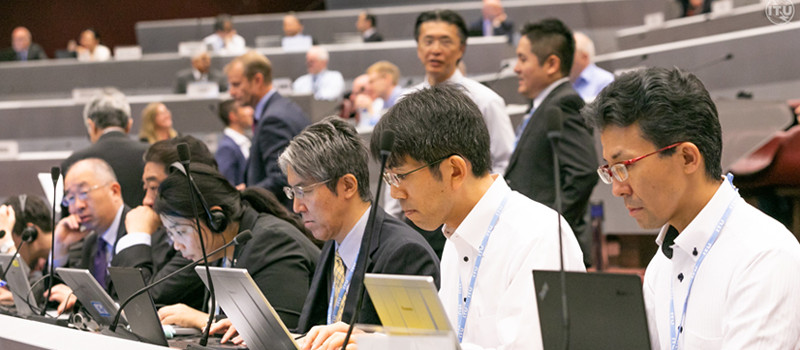 In the second part of an overview on the World Radiocommunication Conference, we look to present and future concerns in the international spectrum management community
In the second part of an overview on the World Radiocommunication Conference, we look to present and future concerns in the international spectrum management community
WRC–19 aspirations, negotiations, and – less desirably – harmful overlaps come in all shapes and sizes. Take the interests of the International Amateur Radio Union (IARU), for example. The IARU represents 3 million radio amateurs globally, says IARU Secretary David Sumner. Often termed “the original social network,” it remains a vital communications backbone, particularly in times of emergency and distress across the world.
When the IARU spectrum team sits down at WRC–19, its to–do list will include global harmonization of the amateur 50-54 MHz band by adding a table allocation in Region 1 [Europe, Middle East, and Africa]. On the table too will be the maintenance of existing spectrum access for amateurs. But what is perhaps most illustrative of a changing world is that IARU will also want to discuss something else: the strengthening of protections for radiocommunication services such as amateur radio against interference from other generators of RF energy, particularly WPT(EV).
WPT(EV) is not another competing communications service, however. It represents technology supporting wireless power transmission for electric vehicles, effectively a non–contact power connection deployed outside buildings. As electric vehicles begin to achieve significance in society, so too do the ancillary technologies that support them, with the emergent possibility that they will interfere with other users.
Shaping Society
The collision and co-existence of usages like these point to a future, globally important radiocommunication complexity across the entire range of relevant spectrum. Mario Maniewicz, director of the ITU Radiocommunication Bureau, explained in a special interview for PTC: “WRC-19 decisions will pave the way for the future development of the radiocommunication ecosystem. The ICT landscape has now broadened from connecting people to connecting things. In the future, every object that can benefit from being connected, will be connected through wired or wireless Internet technologies in our homes and across all industries.”
Inevitably, the main focus of WRC-19 will be on what new services will be needed in terms of spectrum, and how they will co-exist. Mr. Maniewicz suggests: “At WRC-19, mobile operators and manufacturers will vie for additional spectrum, in the higher bands (above 24 GHz) than what are in use today, for the next-generation IMT-2020 – or 5G, as it is otherwise known – mobile networks.”
He continues: “Some of these bands (or adjacent bands) are currently being used by other services, such as various satellites services, fixed services, and science services, including passive sensors used for earth monitoring and weather forecasting.”
The 24 GHz request, already the subject of media reports suggesting potential detriment to satellite observation services, will likely be allowed in some form, according to experts familiar with the process, although conditions will probably be imposed to disallow harmful interference. Tricia Paoletta, of Harris, Wiltshire & Grannis LLP in Washington, D.C., suggests: “The WRC will likely identify about 10 GHz of mmWave spectrum for 5G, with power limits that protect EESS [Earth Exploration Satellite Services], but still allow mobile 5G services to operate.”
WRC–23 is the Long Game of WRC-19
But the WRC cycle is also a long game in itself with expensive and far-reaching decisions in prospect. Such is the importance of continuing development and the ongoing WRC cycle that stakeholders also need to prepare and position for the next cycle, effectively looking toward directing the next Agenda in advance as far as they can. Mario Maniewicz says: “The preliminary Agenda for the World Radiocommunication Conference 2023 (WRC-23) is contained in Resolution 810 (WRC-15) and includes Global Maritime Distress and Safety System (GMDSS), Earth exploration-satellite (active) service for space-borne radar sounders, space weather sensors, fixed-satellite service, and services within the frequency band 470-960 MHz in Region 1 [Europe, Middle East, and Africa].”
He indicates that further Agenda Items for WRC-23 have been proposed by the Regional Groups and by Administrations to WRC-19. In addition, as an outcome of WRC-19 deliberations, new items may also be proposed to the Agenda of WRC-23. Experts suggest at least 30 proposals for WRC-23 will need to be negotiated in Egypt.
Tricia Paoletta suggests: “The Agenda for the next WRC in 2023 will likely include an Agenda Item on 5G spectrum in the mid-band, below 6 GHz. Several regional proposals already target C-band, so odds are a portion of it will be agreed to be studied, for action in 2023.”
For some groups, the prospect of involving C-band, as well as further moves in UHF spectrum management, have continued to prove a real concern. In Toronto, Michael McEwen, director-general of the World Broadcasting Unions (WBU) indicated to PTC: “Yes, we will be following WRC-19 closely, although we gather that the UHF band and C-band are not on the WRC-19 Agenda but may be placed on the Agenda for WRC-23. Both the NABA [North American Broadcasters Association] in the context of North America, and the WBU in the global context, oppose changes in the C-band allocation, and have made our views known to both the FCC in the U.S. and the wider global community.”
He continues: “On the UHF file, while we don’t anticipate any change at WRC-19, it may become an Agenda Item in WRC-23 or beyond. We feel strongly that further incursion into the UHF band would be both a technical and economic hardship for broadcasters, and indeed viewers, and we will actively oppose such initiatives.”
Elena Puigrefagut, senior project manager in Technology and Innovation at the European Broadcasting Union (EBU) in Geneva, agrees and traces the nuanced pathway being walked: “One of the most challenging topics for the broadcast community in WRC-19 will be setting the Agenda for WRC-23.”
In examining the possible Agenda, she continues: “The preliminary Agenda already contains a proposal to re-examine the use of the sub-1GHz band (470-960 MHz) in Region 1. In addition to mobile services in 700 MHz, 800 MHz, and 900 MHz bands, the 470-694 MHz band is the only UHF spectrum available for Digital Terrestrial Television (DTT). The preliminary WRC-23 Agenda was worded in 2015 in an open way that would allow various possible outcomes.”
She says that European administrations and the EBU engaged in extensive preparatory discussions in the run-up to WRC-15 and supported the outcome regarding the WRC-23 Agenda Item. But she indicates: “Some administrations from Arab States in the Middle East now appear to prefer a restriction of this WRC-23 Agenda Item concentrating on opportunities for IMT allocations in the band. This would jeopardize the future of broadcast media distribution, of course. We also note that DTT is a vital media distribution medium and is likely to remain so for the foreseeable future. Additionally, 3GPP is developing broadcast technologies as part of their suite of standards. The current preliminary WRC-23 Agenda on the UHF band supports all of these eventualities.”
It is not the only spectrum issue in contention. She says: “A new WRC-23 Agenda Item to look for IMT identifications above 1 GHz or 3 GHz (still to be defined) is supported by different regional organizations. This could affect satellite spectrum used by broadcasters for distribution and contribution.”
The satellite community has also viewed such ideas with concern. “Given the importance of C-band spectrum to telecommunications infrastructure and television distribution around the world, the satellite sector must continue to be vigilant to encroachments by the mobile sector on satellite spectrum,” says Hazem Moakkit, VP of Spectrum Strategy at Intelsat.
He continues: “While C-band is not on the Agenda for WRC-19, it is being proposed by some Administrations as a future Agenda Item for WRC-23. Intelsat is working with regulators to highlight the technical implications of introducing terrestrial mobile services in bands adjacent to satellite bands and the impact on important services provided to businesses, governments, and consumers around the world.”
Will a New Digital Integration Emerge to Justify 5G Spectrum Demand?
Against such arguments, the mobile operator community is equally certain that it can quantify many benefits of extending spectrum resources. From his Hong Kong office, Cristian Gomez, director, Spectrum Policy and Regulatory Affairs at the GSMA for the Asia-Pacific region, points out: “5G in mmWave bands can be used to provide ultra-high speeds and ultra-high capacity supporting a wide range of consumer, business, and government services that require almost instantaneous delivery of large amounts of data.”
But, he comments, using Asia-Pacific as an example: “It’s not just about communications technology for the developed world, it’s about digital integration from large Asian markets to the Pacific islands, benefiting from access to the growing digital economy.” He says that emerging markets in APAC have traditionally seen a rapid take-up of new services once economies of scale have been reached, and the Asia-Pacific region is key for global scales.
In the face of this expected digital integration, he contends: “Restricting the roll out of ultra-fast 5G networks in [the] mmWave by overprotecting adjacent users in the deliberations of WRC-19, puts at risk the large socioeconomic benefits citizens and businesses are expected to gain from 5G – in the order of USD 565bn of economic expansion globally by 2034.” GSMA officials say that 5G can be a good neighbor to other spectrum users, and suggest protracted negotiations will simply delay 5G rollout and benefits.
Some view co-existence will be necessary. “The terrestrial focus is largely on 5G developments while the satellite industry is focused on ensuring there is access to sufficient spectrum, in a flexible manner, to support its growing customer base and innovative services across all orbits,” maintains Secretary General Aarti Holla Maini of the EMEA Satellite Operators Association (ESOA) in Brussels.
She suggests that getting the spectrum balance right will be critical to the range of future services in general and continues: “A realistic approach that gives value to the different but complementary roles of both satellite and terrestrial technologies, especially as 5G develops and is implemented, will help ensure that new innovative services can grow, while preserving the ability to address acute communications challenges that paralyze large parts of the world today and cause the digital divide to widen. For 5G to be successful, both satellite and terrestrial services must have the resources and flexibility they require.”
What Are the New Frontiers?
Contention apart, for now, Tricia Paoletta says, there is much potential technology being put on the table: “WRC-19 will focus on other innovative platforms to deliver broadband. Given technological developments with lithium-ion batteries, antenna beamforming, solar panels, and light-weight composite materials, high-altitude platforms at 20 km promise broadband speeds at more affordable price points for remote areas.”
She adds: “The explosion of non-geosynchronous satellite systems (NGSO) operating in low-Earth orbit also promise broadband speeds at lower cost than earlier satellite technology. HAPS and NGSO systems will also see action at WRC-19, including spectrum identifications at WRC-19 for HAPS, and more studies for action at WRC-23 on additional spectrum bands. Since 5G is an ecosystem of multiple platforms, WRC-19 will be the 5G WRC.”
Against the negotiations, prospects about the economic potential driven by radiocommunication on all fronts seem self-evident and in the process of becoming real. “All economic sectors can leverage the benefits of connectivity to increase their efficiency,” says ITU’s Mario Maniewicz. “And it also means that the ICT sector needs to collaborate closely with stakeholders of all other sectors to ensure win-win strategies are implemented.”
In this view, radiocommunications, he says, “will provide the tools for effective climate action, forge pathways for better access to health care, foster sustainable agricultural practices and reduce poverty and hunger, improve energy efficiency, facilitate intelligent transport systems and machine-to-machine communications, make cities smart and communities more sustainable, foster safer travel on land, in air, and at sea, and allow countries to participate in the digital economy by providing access to faster and more affordable broadband connectivity, especially in currently underserved communities.”
Given the spread of these possibilities, radiocommunications presents itself as a blank canvas. But it may also be a battleground of what is and what might be. Inside the industry, policy questions as 5G progresses are already emerging. 5G deployment may challenge many regulatory practices, particularly in vertical markets and in its linkages to other sectors.
Politics may increasingly come to the fore. As a globally strategic industry, radiocommunication sees geopolitics and global leadership aspirations, as well as commercial concerns overlapping. “5G will trigger new geopolitical battles around standards, security, and market dominance,” says Dr. Jovan Kurbalija, a Geneva-based specialist in diplomatic practice in high-tech spheres.
“Given the geopolitical interests, one cannot expect any major breakthrough at WRC-19,” he contends. However, he argues, that the overlying system will be tested because the Radio Regulations themselves follow practices that have evolved over a century but now face “a fast-moving reality.” He acknowledges how well they have adapted in the past, but continues: “Will they pass this new test and remain relevant in guiding the new phase in ‘radiocommunication diplomacy’? This will be the underlying question and the ‘big elephant’ in the corridors and negotiating rooms of WRC-19.”
Mr. Maniewicz from his ITU office in Geneva enthuses that “a transformative revolution in connectivity is [now] in the making.” Given the potential on offer – and the multidimensional, global decision-making that seems to be necessarily involved – it may not be the only transformation we see ahead of us.
WRC Blog Contributors
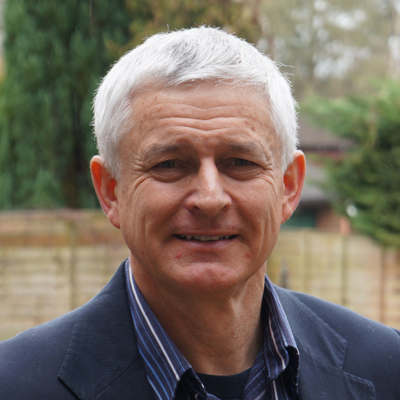
President, Global mobile Suppliers Association (GSA)
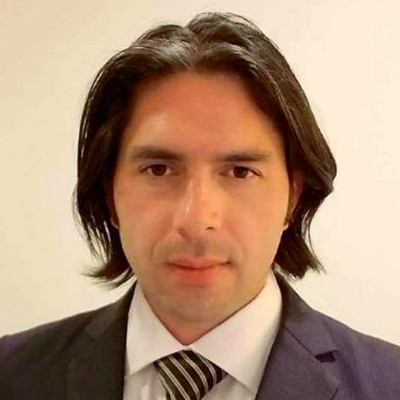
Director, Spectrum Policy and Regulatory Affairs for the Asia Pacific Region, GSMA
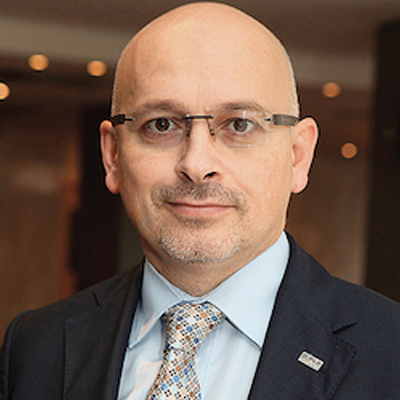
Executive Director, DiploFoundation
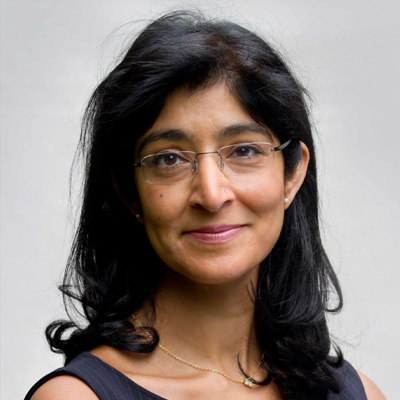
Secretary General, EMEA Satellite Operators Association (ESOA)
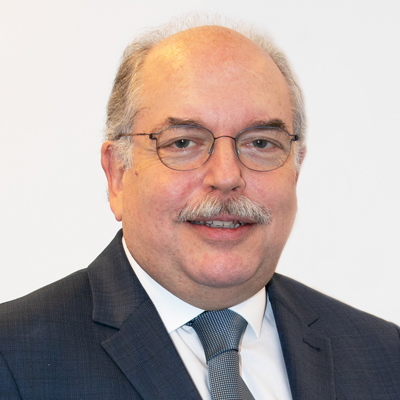
Director, ITU Radiocommunication Bureau
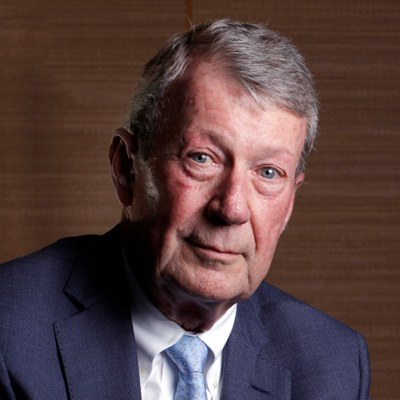
Director General, World Broadcasting Unions (WBU)
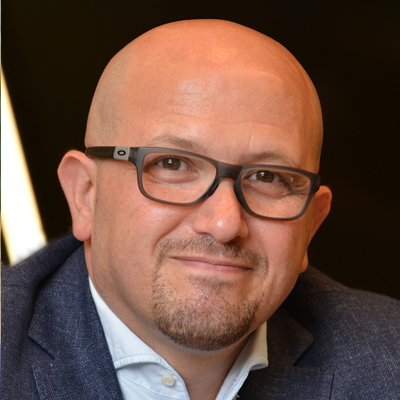
VP of Spectrum Strategy, Intelsat
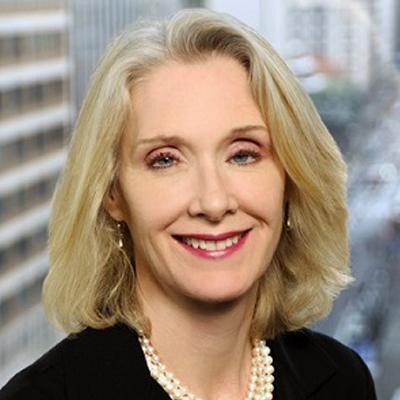
Partner, Harris, Wiltshire & Grannis LLP
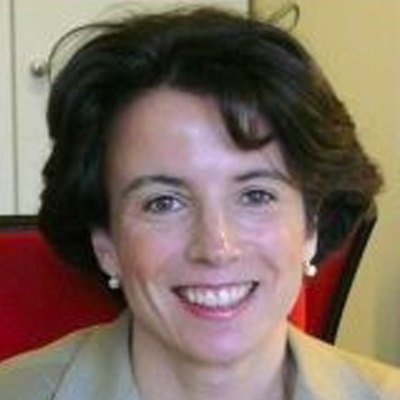
Senior Project Manager in Technology, European Broadcasting Union (EBU)
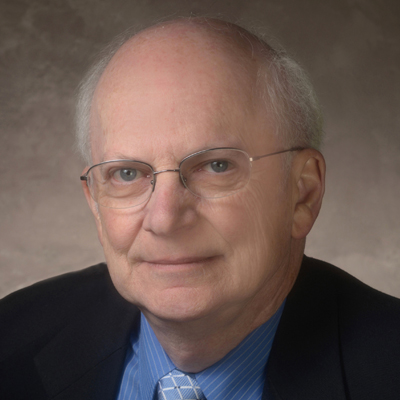
Secretary, International Amateur Radio Union (IARU)

Chair, APG




